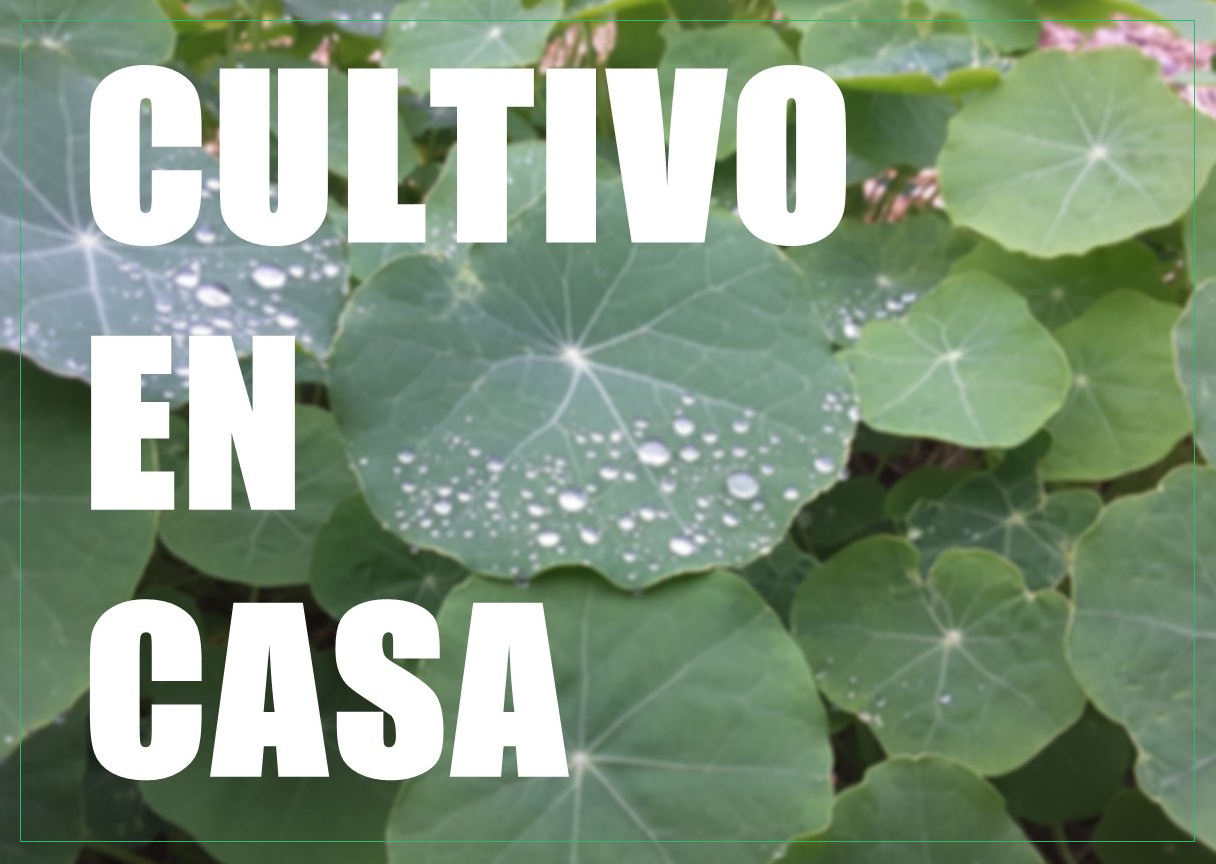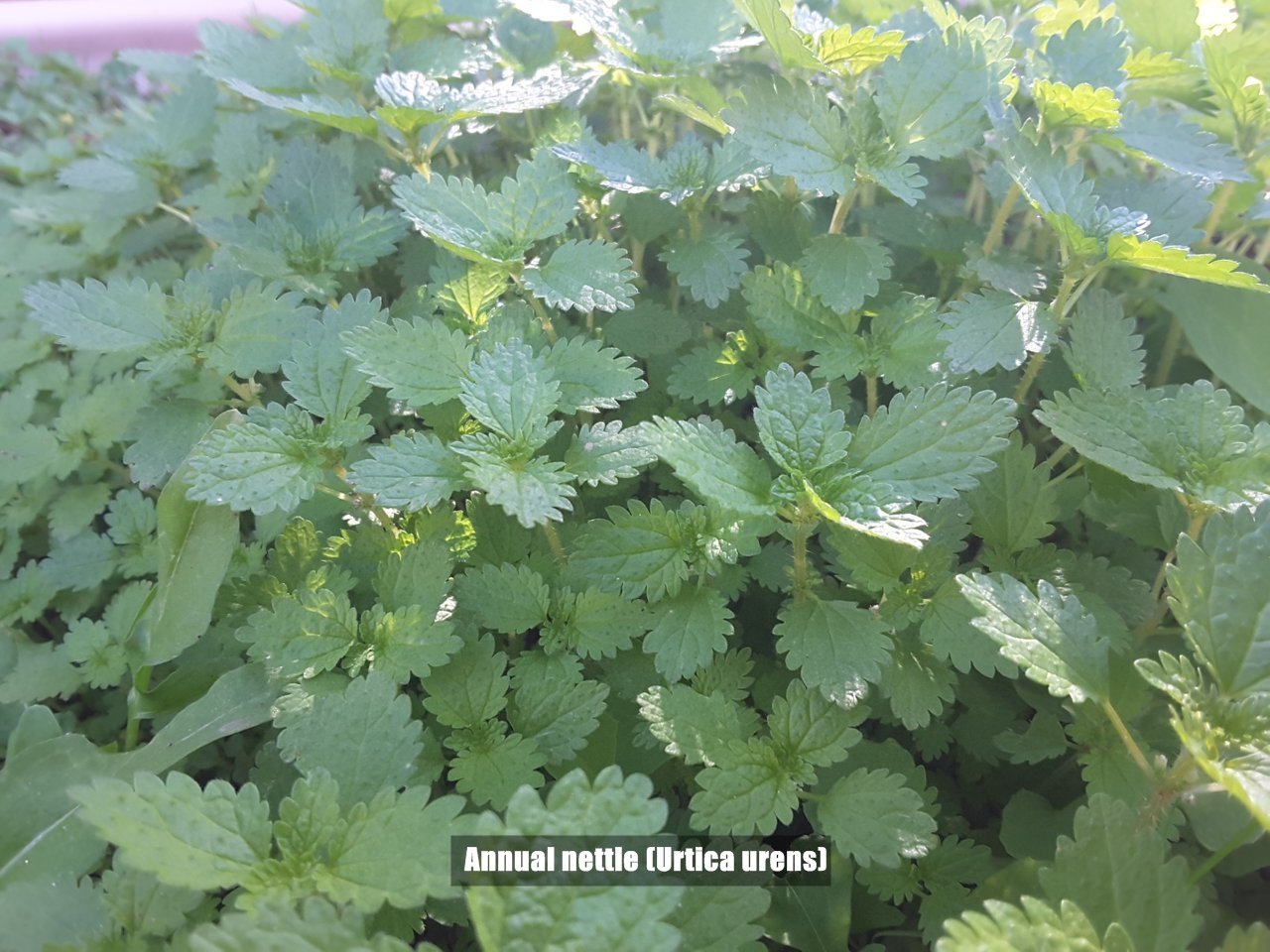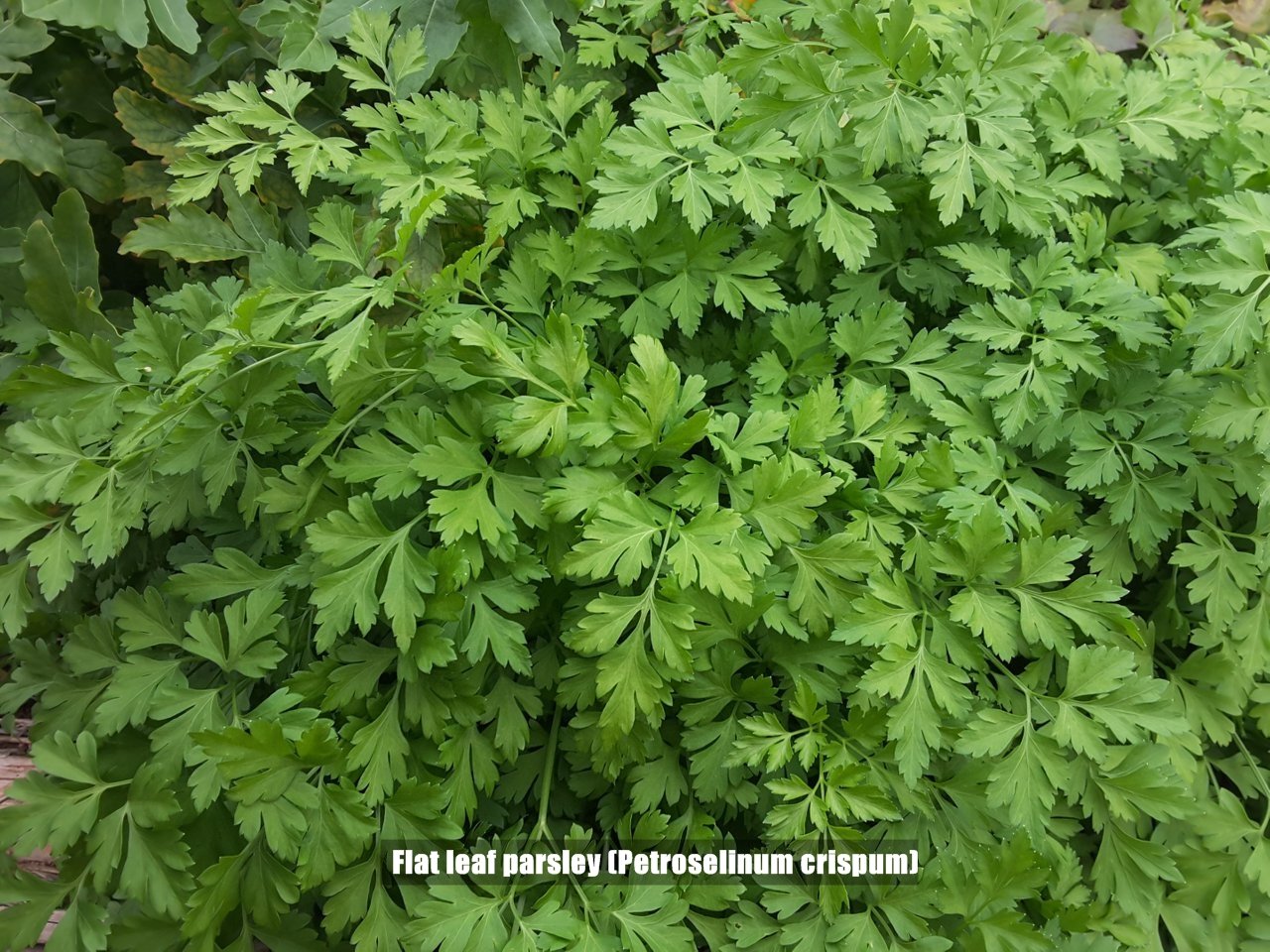Practical Tips: Creating a Vegetable Garden at Home with Little Space | ecoTrain QOTW 5.5 | ENG-ESP |
5 comments
Note: This publication is divided into two parts, one in English and the other in Spanish.
Nota: Esta publicación está dividida en dos partes, una en inglés y otra en español.


There is nothing like natural food and it is becoming more and more common to create home gardens. It is very easy to have your own urban garden, and it is not very expensive, you just have to follow a few recommendations.
Practical tips for creating your own vegetable garden at home.
- Choosing the ideal or suitable location.
A terrace, a balcony or any other space that you can use. The only requirement is that the chosen location is well lit, sheltered from the wind and, if possible, facing south, in order to benefit from the sun's rays.
- Now think about what you are going to grow.
Ideally, start with simple crops, such as lettuces, onions, garlic and radishes and, as you gain experience, dare to grow tomatoes, potatoes or whatever you prefer.
- Containers matter a lot.
Containers for cultivation are also important in order to make the best use of the space of the chosen site. Pots or containers (if they are made of clay, the better), because they will keep the soil temperature constant. They do not need to be more than fifteen or twenty centimetres deep, but make sure they are well drained.
- Let's get to work, sowing now!.
You can do it directly in the garden or in seedbeds, i.e. in small containers that you can transplant into the garden. The choice will depend, in many cases, on the crop to be planted. When transplanting, be careful not to damage the roots. Make a large hole, press the substrate gently around the plant and water.

- Choose a good substrate for your crops.
The ideal is compost, as it is organic and you can even make it yourself at home. This substrate stores water and nutrients from the soil very well. Plants need minerals, such as magnesium, nitrogen, iron and phosphorus, among others present in the soil. Over time, these nutrients are depleted, so you should fertilise at least a couple of times a year.
- Deciding on the type of irrigation is essential.
Irrigation is a fundamental part, as water is the source of life for plants. Ideally, you should install a drip irrigation system, so that you can economise and manage water in the most optimal way. Depending on the time of year and the number of plants, you will have to water more or less times a day.
- A problem we need to solve: controlling pests.
Regularly check for possible pests that may attack your crops and, if you have to act, do not use chemicals.
Your garden for little money. Creating a vegetable garden doesn't have to be expensive. If you are one of those who are not very consistent with the resolutions of the year, we recommend that you buy a starter kit in which all the necessary components are sold to you. They are quite inexpensive and will save you from having to buy everything in bulk. If after a while you are still interested in the garden, you can buy everything separately at a better price.
That's all for today, thanks for reading. If you have any questions, don't forget you can comment. Blessings!



No hay nada como la comida natural y cada vez es más habitual crear huertos en casa. Es muy fácil tener tu propio huerto urbano, y no es muy caro, sólo hay que seguir unas recomendaciones.
Consejos prácticos para crear tu propio huerto en casa.
- Elegir el lugar ideal o adecuado.
Una terraza, un balcón o cualquier otro espacio que puedas aprovechar. El único requisito es que el lugar elegido esté bien iluminado, protegido del viento y, a ser posible, orientado al sur, para aprovechar los rayos del sol.
- Ahora piensa en lo que vas a cultivar.
Lo ideal es empezar con cultivos sencillos, como lechugas, cebollas, ajos y rábanos y, a medida que ganes experiencia, atrévete a cultivar tomates, patatas o lo que prefieras.
- Los contenedores importan mucho.
Los contenedores para el cultivo también son importantes para aprovechar al máximo el espacio del lugar elegido. Las macetas o contenedores (si son de arcilla, mejor), porque mantendrán constante la temperatura del suelo. No es necesario que tengan más de quince o veinte centímetros de profundidad, pero asegúrate de que estén bien drenados.
- ¡Manos a la obra, a sembrar ya!
Puedes hacerlo directamente en el jardín o en semilleros, es decir, en pequeños recipientes que puedes trasplantar al jardín. La elección dependerá, en muchos casos, del cultivo a sembrar. Al trasplantar, tenga cuidado de no dañar las raíces. Haz un agujero grande, presiona el sustrato suavemente alrededor de la planta y riega.
- Elija un buen sustrato para sus cultivos.
Lo ideal es el compost, ya que es orgánico e incluso puedes hacerlo tú mismo en casa. Este sustrato almacena muy bien el agua y los nutrientes del suelo. Las plantas necesitan minerales, como el magnesio, el nitrógeno, el hierro y el fósforo, entre otros presentes en el suelo. Con el paso del tiempo, estos nutrientes se agotan, por lo que conviene abonar al menos un par de veces al año.
- Decidir el tipo de riego es esencial.
El riego es una parte fundamental, ya que el agua es la fuente de vida de las plantas. Lo ideal es que instales un sistema de riego por goteo, para que puedas economizar y gestionar el agua de la forma más óptima. Dependiendo de la época del año y del número de plantas, tendrás que regar más o menos veces al día.
- Un problema que hay que resolver: el control de las plagas.
Revisa regularmente las posibles plagas que puedan atacar tus cultivos y, si tienes que actuar, no utilices productos químicos.
Tu huerto por poco dinero. Crear un huerto no tiene por qué ser caro. Si eres de los que no son muy constantes con los propósitos del año, te recomendamos que compres un kit de inicio en el que te venden todos los componentes necesarios. Son bastante económicos y te evitarán tener que comprar todo al por mayor. Si después de un tiempo sigues interesado en el jardín, puedes comprar todo por separado a un mejor precio.
Esto es todo por hoy, gracias por leer. Si tienes alguna pregunta, no olvides que puedes comentar. Bendiciones!


The images used in this article belong to @minismallholding from his Free use Stock Images of Herbs collection, published in the Stock Images Community.
The cover image (first image in the article) was edited with PhotoScape.
Article translated by Deepl
Las imagenes utilizadas en este articulo le pertenece a @minismallholding de su colección Free use Stock Images of Herbs, publicadas en la comunidad Stock Images.
La imagen de portada (primera imagen en el articulo) fue editada con el programa PhotoScape.
Articulo traducido por Deepl

CLICK HERE TO SUBSCRIBE TO THE ECOTRAIN COMMUNITY
↘️ Don't Have a HIVE Account? Click Here To Start Earning LOTUS ↙️

Delegate II Community II Discord



Comments